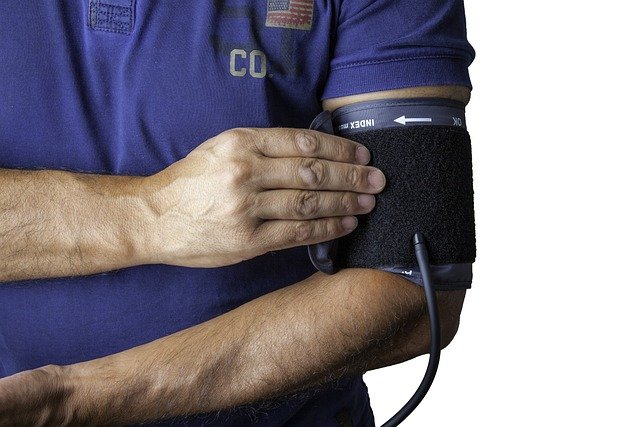When bruising patterns warrant a clinician's evaluation
Recognizing when a bruise is more than a minor injury helps people seek appropriate care sooner. This article explains bruising patterns that suggest a clinician's evaluation, clarifies differences between contusion and hematoma, and outlines practical firstaid steps like compression and ice to support early recovery.

Bruising is a common response to impact or pressure, usually resolving with rest and simple care. However, certain patterns, persistent pain, or impaired circulation can indicate underlying problems that need professional assessment. Understanding how a bruise changes over time and which accompanying signs—such as unusual swelling, ongoing inflammation, or a growing lump—merit evaluation helps ensure timely diagnosis and appropriate management.
This article is for informational purposes only and should not be considered medical advice. Please consult a qualified healthcare professional for personalized guidance and treatment.
When is bruising a sign to see a clinician?
A typical bruise follows a predictable color and size progression and gradually fades as blood from damaged capillaries is reabsorbed. Seek clinician evaluation if bruising appears without a clear cause, occurs frequently, or is accompanied by severe pain, numbness, warmth, or signs of infection. Large, rapidly expanding areas or bruises that develop near joints and limit movement may indicate a deeper issue affecting circulation or tissue integrity. Persistent or recurrent unexplained bruising can point to clotting or platelet disorders that require testing.
How does a contusion differ from a hematoma?
A contusion is a bruise where capillaries beneath the skin leak small amounts of blood into surrounding tissues, producing discoloration and tenderness. A hematoma is a larger collection of blood that pools in a pocket beneath the skin or deeper in tissues; it may feel like a firm lump and can cause more significant swelling and pain. Hematomas sometimes need professional attention if they restrict movement, press on nerves or vessels, or fail to decrease over days. Imaging or drainage may be considered depending on size and location.
When does swelling or inflammation need medical review?
Swelling and inflammation are normal parts of the early healing response, but disproportionate or worsening swelling signals concern. If swelling increases after the first 48–72 hours, is accompanied by fever, red streaks, severe throbbing pain, or decreases capillary refill, a clinician should assess for infection, compartment syndrome, or vascular compromise. Rapid-onset swelling after injury, especially following anticoagulant use, warrants prompt evaluation for expanding hematoma or ongoing bleeding.
What firstaid uses compression and ice?
Initial firstaid for most minor bruises centers on limiting bleeding into tissues and reducing pain: apply a cold pack or ice for 10–20 minutes every hour early on to reduce bleeding and inflammation, and use compression to limit swelling when appropriate. Gentle elevation supports circulation and decreases pooling. Avoid applying ice directly to skin and do not maintain tight compression that impairs circulation. These measures support healing and may reduce pain during the first 24–72 hours but are not substitutes for medical care when concerning signs are present.
How do pain and circulation issues relate to recovery?
Pain that intensifies rather than eases, or focal numbness and tingling, can imply nerve involvement or compromised circulation around the injury. Impaired circulation—pale, cool, or blue-tinged skin distal to the bruise, delayed capillary refill, or absent pulses—requires immediate clinical assessment. During recovery, gradual improvement in pain and return of normal skin color and warmth usually indicate adequate perfusion. Monitoring for changes in sensation and movement during recovery helps determine if further intervention is needed.
What indicates delayed healing or abnormal recovery?
Most bruises show steady improvement over one to three weeks. Signs of delayed healing include enlarging hematoma, persistent inflammation beyond a few weeks, recurrent bleeding into the same area, or development of a hard, persistent mass. Underlying conditions that slow healing include certain medications (anticoagulants, antiplatelet agents), clotting disorders, liver disease, or systemic inflammatory conditions. When healing stalls or abnormalities appear, laboratory tests, imaging, or referral to a specialist may be appropriate.
Conclusion Careful observation of bruising patterns—size, progression, associated swelling, pain, circulation changes, and the presence of lumps—helps differentiate minor injuries from those that need clinical evaluation. Early firstaid measures such as ice, compression, and elevation can support recovery, but persistent, unexplained, or worsening signs should prompt assessment by a qualified healthcare professional to identify underlying causes and guide treatment.






